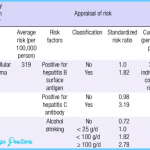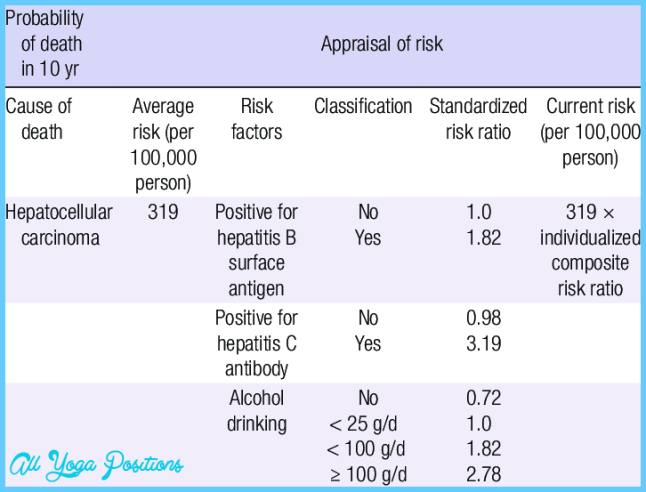Learning to calculate risks with a balance of realism and courage can overcome fear and help you to realise your ambitions.
Why do you eat the same spaghetti bolognese every Monday, buy your coffee at the same place each morning and persevere in the job you fell into a decade ago while dreaming of volunteering or changing to a career better aligned with your value and interests? The simple answer could be that you are risk averse. While children approach the world with wide-eyed curiosity, adults are often intimidated into inaction by the prospect of failure. Yet the risks we think we face are often conflated mental facsimiles of actual hazards.
Calculating Risk Photo Gallery
As a facet of personality, propensity towards risk taking is likely to be the product of both genetic and environmental factors according to personal coach Elisabeth Shaw of Total Balance. “Anecdotally, people who have never had any change in their lives are sometimes a little bit more daunted by the idea of change. For people who’ve had a lot of change in their lives, it’s just more familiar. It’s the same as anything; if you’ve done it a bit, it doesn’t feel quite so scary,” Shaw says. When it comes to the relationship between personality types and risk taking, Shaw believes optimists are more likely to take risks. “People who are optimistic believe that things will work out well; they are more likely to create change where change is necessary. Pessimists, on the other hand, people with a glass half empty, are the sort of people who believe things are going to be difficult and they’re not going to work out well. If things are going wrong in their life, they tend to globalise that and make it about all the areas in their life. I think that their inclination is to feel that things won’t get any better.”
Psychologist Erica Frydenberg says people who qualify for the term ‘proactive copers’ tend to be successful risk takers. “Proactive copers anticipate events, they plan, they set up their supports, they look at the downsides, they look at the upsides. It’s all part of good decision making,” she says. “Proactive coping allows you to plan and think about consequences, and women are quite good as they use more social support than men. As risk takers in organisational settings, women can be very good.” Frydenberg says that, generally, women are more open to emotional risks than men. “Classically, men are much less developed in the emotional arena…with the emotional risks, women are quite tuned in to emotion and might not even see it altogether as a risk.” What catalyses what is often referred to as a ‘leap’ can be negative or positive, from aversion to current circumstance to curiosity about an experience or a bucket list wish. Dissatisfaction is a common catalyst for risk taking, Frydenberg says. “Commonly it’s about boredom, wanting the thrill, wanting the win, wanting a bigger house, wanting more success, wanting more prestige,” she says.
GOOD RISK VERSUS BAD RISK
It’s important to distinguish risk taking prompted by dissatisfaction from ambition to achieve or experience more. “There is a fine line between satisfaction and ambition. You can be satisfied but you can still have goals, so you might want to try something different,” says Frydenberg. Life stage is often relevant to risk taking, Shaw says, noting greater acquired life experience and having more to lose as risk inhibitors. It follows that younger people tend to be more open to change due to fewer family and financial commitments while those in their thirties, forties and fifties may be inhibited by both fear of sacrificing what they’ve worked for or the lifestyle to which they’ve become accustomed or wish to provide for their family, and the capacity to take a metaperspective and view risk within a broad context. According to Frydenberg, a good risk is a calculated risk based on research and planning and active consideration of possible outcomes. It also relies on context. It’s important to have a support network in place to buffer disappointment and help to coin solutions should things not go according to plan. Hallmarks of a bad risk include the probability of endangering your security according to Shaw. “There is a base level of security, for example food, water, shelter, that we need to keep intact as humans to feel fairly safe.
“However, if it’s only fear of failure that is stopping you, rather than fear for your safety or fear for your ongoing sense of wellbeing, then those are the type of risks you want to take.” And if you fall flat, practise selfcompassion and provide yourself with positive reinforcement for trying. “The big question to always ask yourself is ‘what can I learn from the experience?’ Resilient people always do this; the worst thing that you can do in any circumstance is blame yourself. Beating yourself about the money or relationship or job you’ve lost won’t help you move forward,” says Frydenberg. “Moving forward you have to ask yourself the questions: ‘What went wrong?’ ‘What can I do differently?’”
THE RISK TAKERS
While social experience shapes our propensity to take risks (or hide out in our comfort zones), we are hardwired to be more or less daring. According to Shaw, your attitude to risk is an amalgam of innate character and environmental factors. Those accustomed to change are more likely to embrace risk. There is an element of being desensitised to risk through experience both of the rewards of succeeding, greater self-efficacy through self-direction and discovering that failure isn’t the end of the world.
OPTIMISTS, Shaw says, are more likely to leap, believing that things will work out well and being willing to work to create the conditions in which they would rather than lamenting limits. Pessimists, on the other hand, may expect things to be difficult and assume that they won’t work out well. The tendency to globalise misfortune or take a single failure or sub-optimal event as evidence that life is unfair or dangerous can fortify risk aversion and hopelessness.
PROACTIVE COPERS tend to be successful risk takers, Frydenberg says. Proactive copers tend to be skilled in decision making, which requires anticipation of events, planning, instituting support networks and assessment of both pros and cons.
ENTREPRENEURS. There’s no direct correlation between dropping out of your postgraduate qualification and successful risk taking, but Shaw says education can undermine boldness. The more educated one becomes, the less inclined they often are to take risks, she says, using entrepreneurs as exemplars (Richard Branson and Mark Zuckerberg were both dropouts). She posits that formal education fosters an ‘analyse everything’ mentality, which can magnify risk and override gut instinct.
RADULTS (REAL ADULTS). Life stage can broadly determine risk-taking propensity, Shaw suggests, although she warns against hard and fast rules. Younger people tend to be more open to change due to fewer family and financial commitments – and perhaps a more myopic view (what 30-year mortgage?). Older people are more likely to carefully evaluate pros and cons than be swayed by whim.


